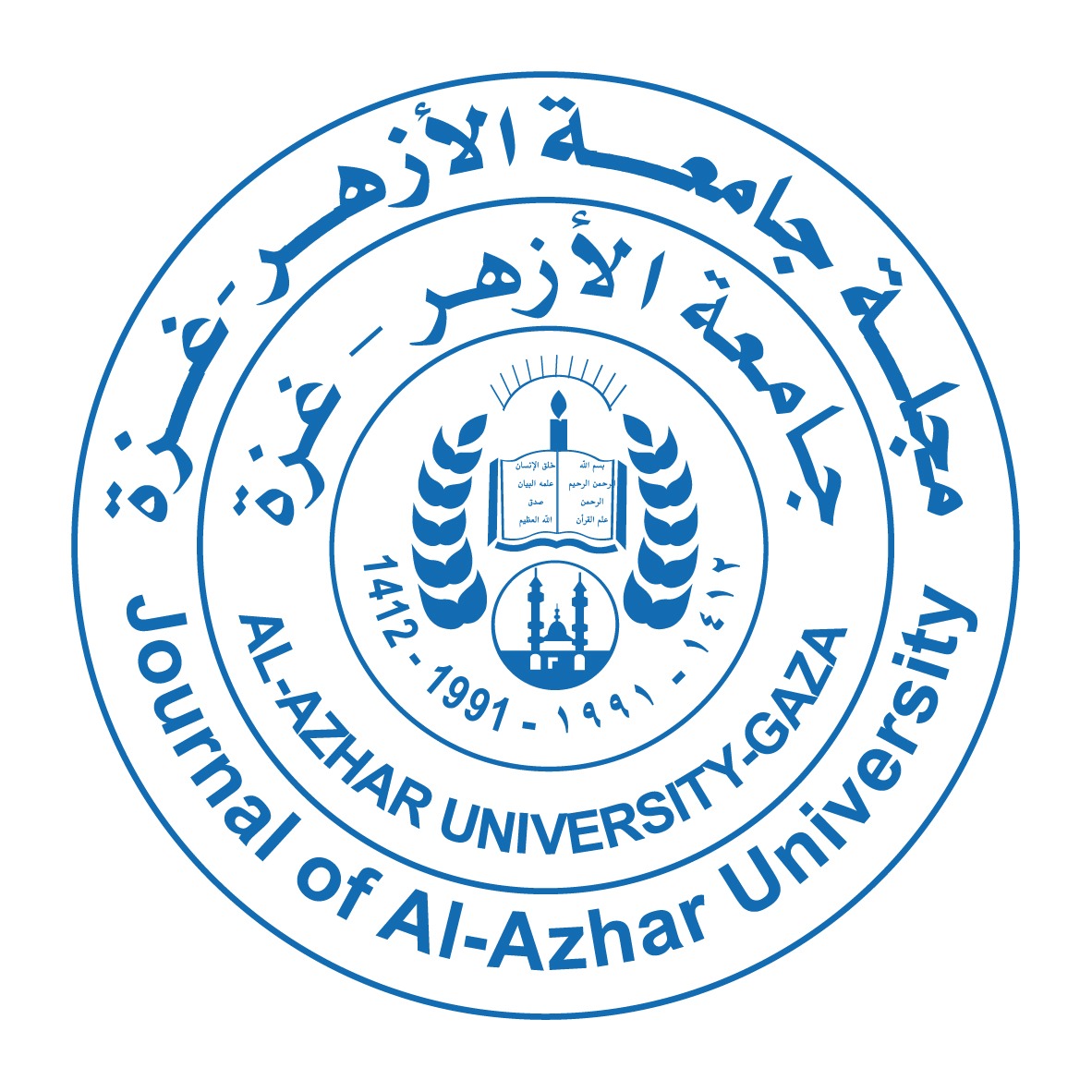Journal of Al-Azhar University – Gaza (Humanities)

Abstract
ملخص:
بينما أصبحنا أكثر اعتماداً على الآلات في كل ناحية من حياتنا، فإن استخدام الآلات في الترجمة أاصبح تحدياً مذهلاً. نحن نفضل توفير الوقت والجهد والتكلفة في الترجمة, حيث إن هذه المتطلبات متوفرة لدى الترجمة الآلية، لكن تبقى المشكلة في الدقة والولاء للنص. الترجمة الآلية يمكن أن تكون فعالة في ترجمة بعض النصوص المعينة إلا أن الواقع الإصطلاحي والثقافي في اللغات يبقى مشكلة تواجهها الترجمة الآلية. قام الباحثان في هذه الدراسة بعرض تحليلي لبعض النصوص و ترجمتها من خلال استخدام Google Translate ومن ثم قاما بتصنيف الترجمات من حيث الإصطلاحات، والمعاني المتعددة للمصطلحات، والتعابير ذات الدلالة المتعلقة بالنص، والتعابير غير المرتبطة بالنص، والقواعد، والتراكيب. ثم خلص الباحثان إلى عدد من التوصيات حول تحسين استخدام الترجمة الآلية حيث إن حركة الترجمة تسير باتجاه توظيف برامج الحاسوب في الترجمة بشكل فعال ولا مجال للتراجع رغم بقاء التدخل الإنساني في الترجمة أساسياً.
كلمات مفتاحية: الترجمة الآلية ، التدخل الإنساني، Google Translate، التراكيب، التعابير غير المرتبطة بالنص
Abstract:
While we grow to be more dependent on machines in all our walks of life, using machines in translation has become a remarkable challenge. Machines can satisfy our needs of saving time, effort and cost during the translation process; however, the issues of accuracy and fidelity to the source text are still unsolved. While machines can be functional in the translation of certain texts, the cultural and idiomatic realities of languages remain a big challenge. In this study, the researchers have analyzed some texts and their translations which are produced by Google Translate. The researchers have categorized the translations according to a group of markers and indicators: the implied vs. literal meaning, capturing the different senses, everyday language and culture, context-bound and context free expressions, grammatical structure, and the unit of translation. The researchers have reached a number of recommendations on how to enhance the use of machine translation. The translation movement is heading towards utilizing the use of machine programs in translation effectively; there is no turning back even though the human intervention in translation is still fundamental.
Key words: Machine translation, human intervention, Google Translate, unit of translation, context-bound and context-free expression
Recommended Citation
Alawi, Nabil استاذ مساعد and Abdulhaq, Shaymaa
(2017)
"Machine Translation: The Cultural and Idiomatic Challenge,"
Journal of Al-Azhar University – Gaza (Humanities): Vol. 19:
Iss.
2, Article 9.
Available at:
https://digitalcommons.aaru.edu.jo/alazhar/vol19/iss2/9

